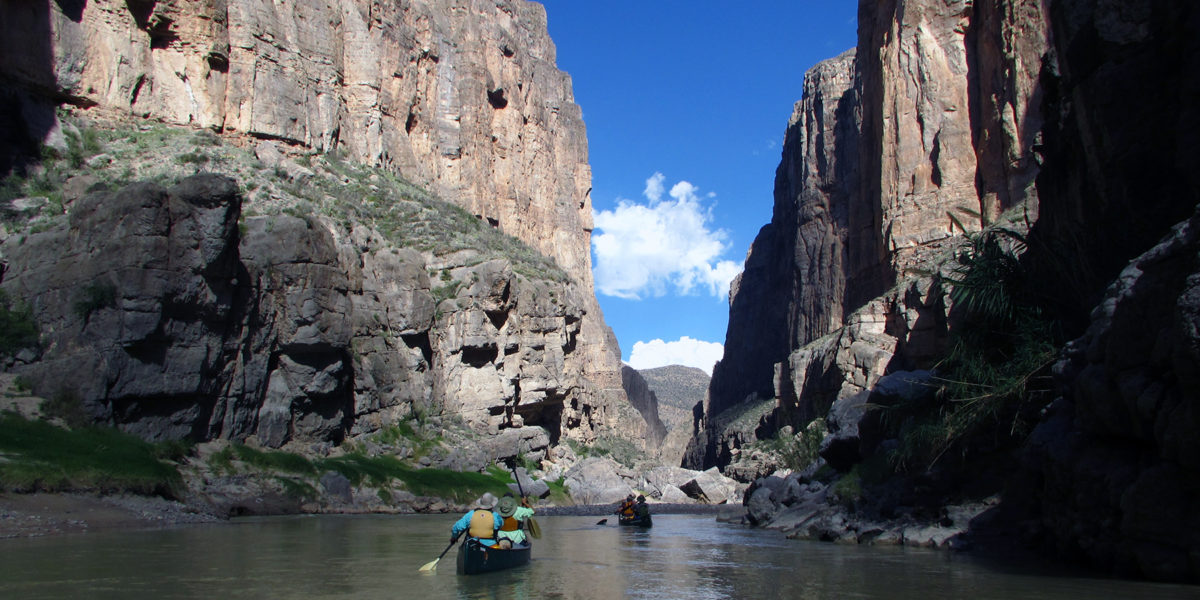
This Southwestern Region Was Just Named the Largest Dark Sky Reserve in the World
The rarest dark sky designation ensures policies are in place to protect a region rich in natural and cultural significance.

Yesterday, there were just 19 regions in the entire world that could claim the illustrious International Dark Sky Reserve designation. Today, that number stands at 20.
The Greater Big Bend International Dark Sky Reserve was just granted the designation by the International Dark Sky Association, and with an area comprising 9 million acres from Fort Davis, Texas, to the Rio Grande River and into the Sierra del Carmen mountains of Coahuila, Mexico, it not only became the largest protected Dark Sky place in the world, but it also marks the first bi-national Reserve ever established.
Earning the rarest of dark sky designations is a rigorous process—elements of this designation were in the works for decades—that requires support and policy collaboration between local communities and organizations to protect the dark core zone areas rich in natural and cultural significance.
At the dark core of Greater Big Bend, and integral in this collaborative agreement, are the west Texas-based McDonald Observatory and research facility and the 33,000-acre Davis Mountains Preserve, an area, with its celebrated sky islands, that remains protected by the Nature Conservancy.
On the new Reserve’s periphery, an area designed to support the dark sky preservation of the core, are Big Bend National Park and Big Bend Ranch State Park, both of which have previously been designated as Dark Sky Parks. Black Gap Wildlife Management Area, which carries Dark Sky Sanctuary designation, also sits on the core’s periphery.
Across the border, the Greater Big Bend Reserve includes Maderas del Carmen, Ocampo, and Cañón de Santa Elena, all protected areas, along with areas of the Chihuahuan Desert known for its plant and wildlife diversity, otherworldly geological features, and cultural imprint that traces its human history back thousands of years.
“Individuals and organizations … spent countless hours updating outdoor lighting ordinances; collecting and compiling sky quality data; inventorying, documenting, improving lighting; and educating the public about the importance of dark sky preservation,” IDA officials wrote in a release announcing the designation. “These efforts led to the successful development of the Reserve and will continue to ensure night sky preservation in the Big Bend region into the future.”
It is estimated that over 80% of the world and more than 99% of the U.S. population lives in areas with light pollution capable of drowning out even the most prominent constellations and planets, according to a 2016 Science Advances study. Approximately one in every three humans, and nearly 80% of North Americans, are unable to see the Milky Way.
The 20th Dark Sky Reserve—central Idaho is the only other U.S. region carrying the designation—should put a dent in those numbers, so grab your camera, telescope, or binoculars, and map out your next stargazing adventure.
Learn more about what it takes to be named an International Dark Sky Reserve, and check out the 19 other destinations that have been awarded.
Read the Current Issue Here!
Get one year of Sunset—and all kinds of bonuses—for just $29.95. Subscribe now!
